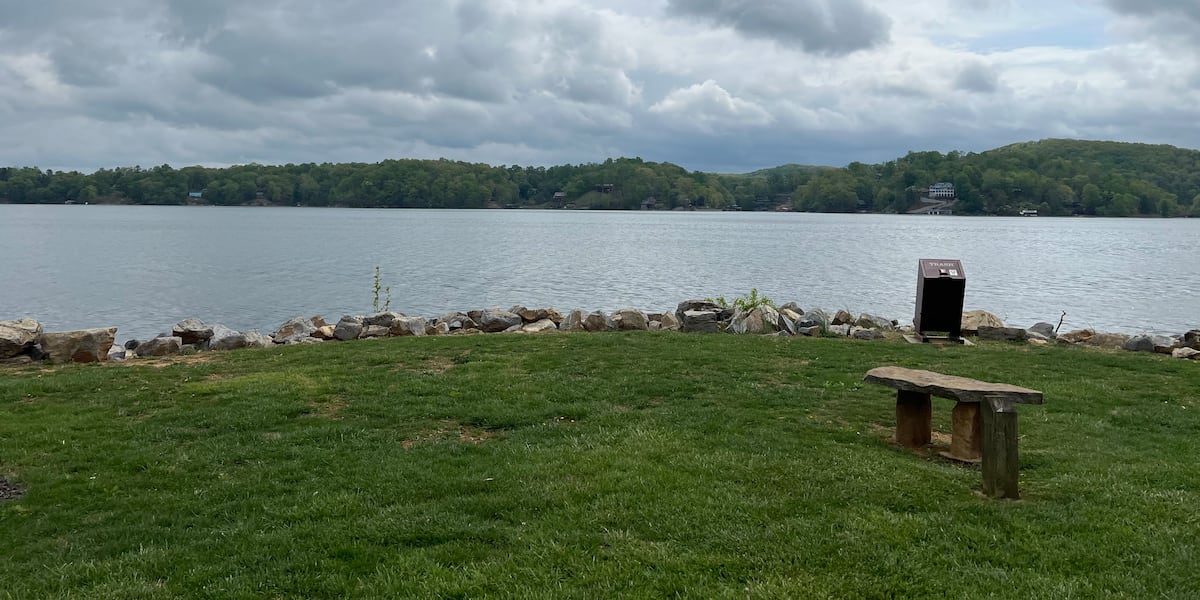Splash Zone Activated: Claytor Lake Beckons Visitors for Summer Recreation Kickoff

Claytor Lake Rebounds: Hurricane Helene's Aftermath Clears the Way for Summer Recreation
After months of dedicated clean-up and restoration efforts, Claytor Lake has triumphantly reopened for the summer season. The lake, which was severely impacted by Hurricane Helene's destructive path, has been meticulously restored to its former glory, promising visitors a pristine and inviting recreational destination.
Local authorities and environmental teams worked tirelessly to remove debris, repair shoreline damage, and ensure the lake's ecosystem was fully recovered. Their persistent efforts have paid off, allowing water enthusiasts, fishermen, and nature lovers to once again enjoy the beautiful waters and surrounding landscape.
Visitors can now look forward to a full season of boating, fishing, swimming, and lakeside activities, with the assurance that the area has been carefully prepared for their enjoyment and safety.
